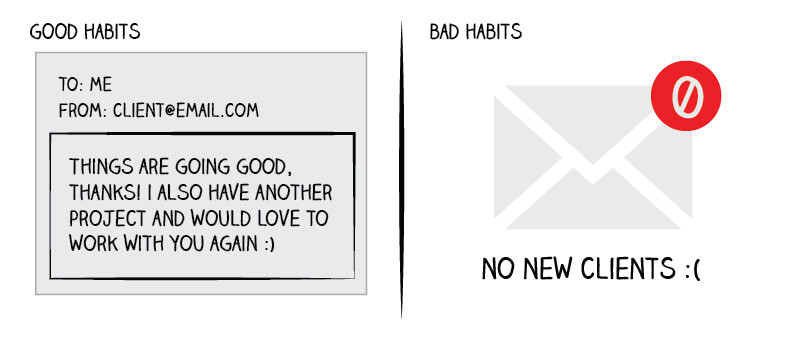Everyone wants to be the best at what they do. But how can we get there? We compiled a list of the best tips and advice to help you grow as a designer and a professionist.
Good organizational skills
In order to have a good schedule and never miss a deadline, learning some organizational skills is very helpful. Set daily goals to be able to make a deadline, set a schedule so you aren’t tired and stressed every day. Keep yourself on track by being organized.
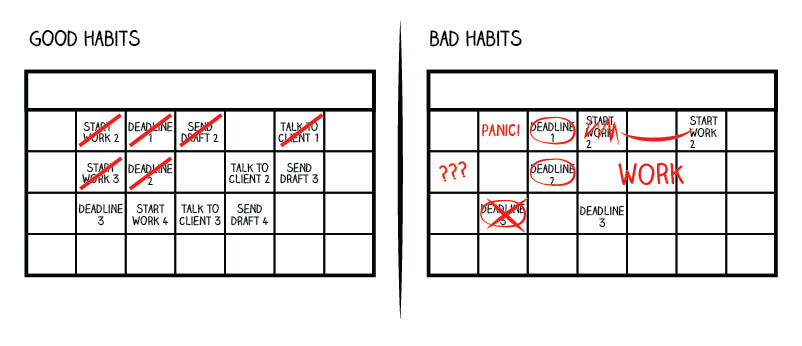
Use design references
Don’t be afraid to use a style, a typographic combination or a layout you’ve seen before. Take inspiration and learn from other’s designs, style and workflow. Don’t mix reference with plagiarism though, it’s not copy and paste. Rather you take an idea and make it your own.
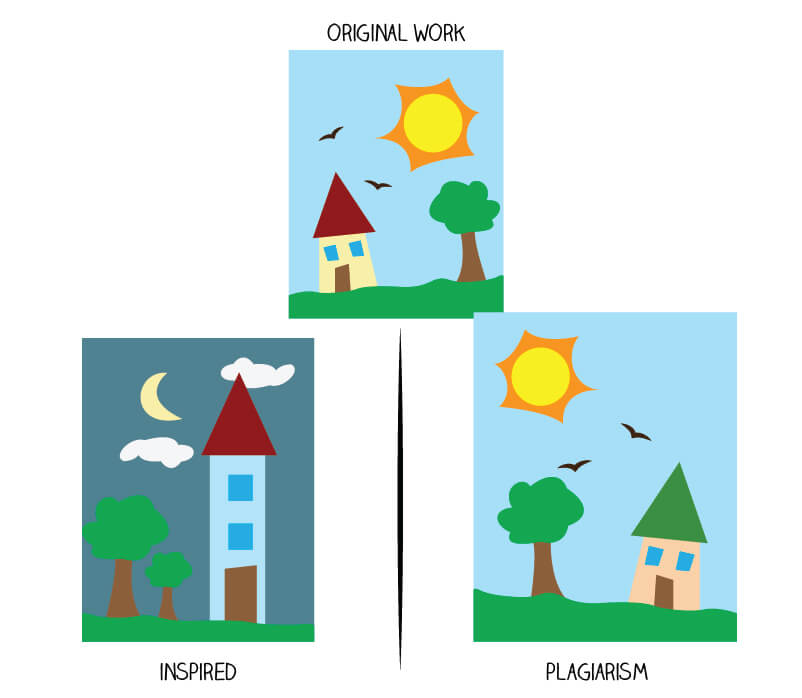
Analyze everything
Why is that design so functional? what makes those billboards stick out from the rest? Every time you find a design that catches your attention or makes you say “wow” it’s a perfect learning oportunity, analize it, understand it, and apply what you learn, you will find you have become better at your work because of it.
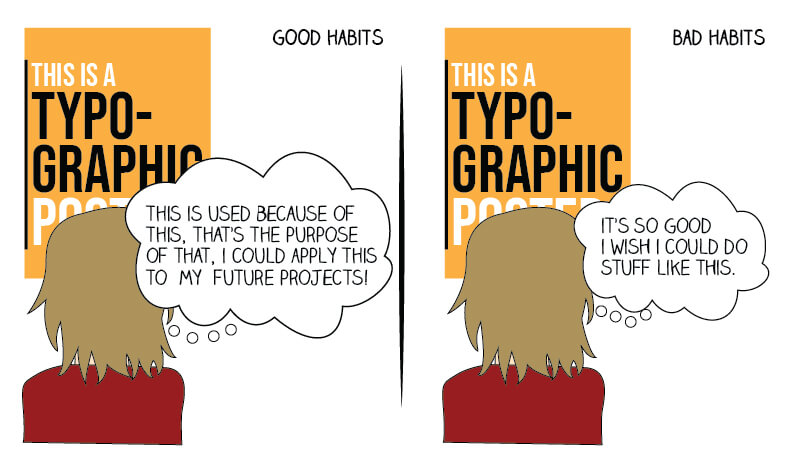
Constantly learn and update yourself
We can’t say it enough! never think you know everything there is to know or you’ll end up stuck in your own bubble while the rest of the world moves on to newer and better things. The amazing thing about design is that it evolves and changes, what was seen as trend before now it’s vintage. Never stop updating yourself.
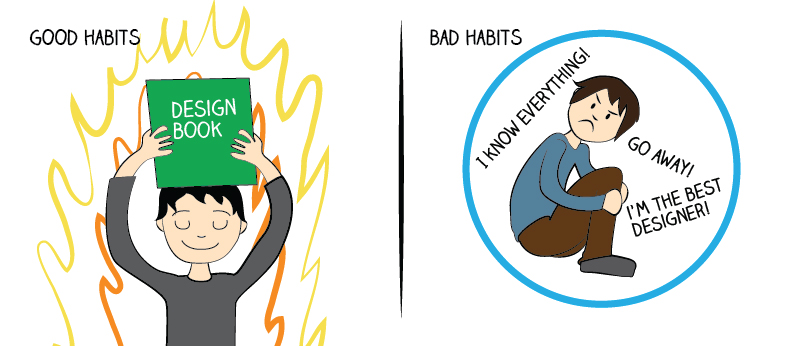
Switch your style
It happens to the best of us, you get stuck with two typographies, same layout, same colors, or same graphic style throughout your portfolio. In graphic design, having your own style is a little bit more detrimental than helpful. you must make the effort to adapt to your client’s needs. Clients need graphic design to communicate with their clients.
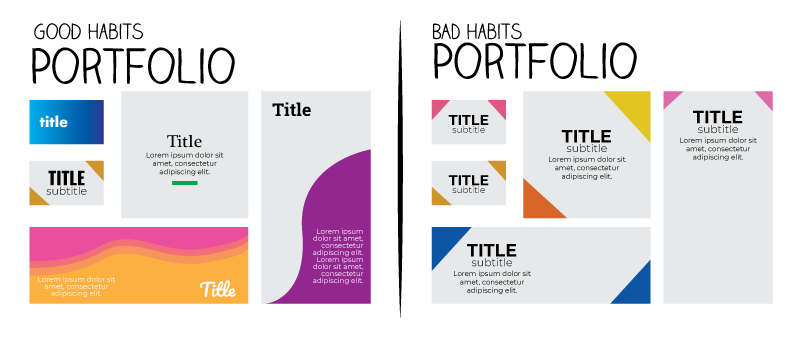
Have an Established Process or Workflow
Hand in hand with your organizational skills, is your work process. This routine makes your life easier and you know what the next step is, so you procrastinate less by “not knowing where to start”.
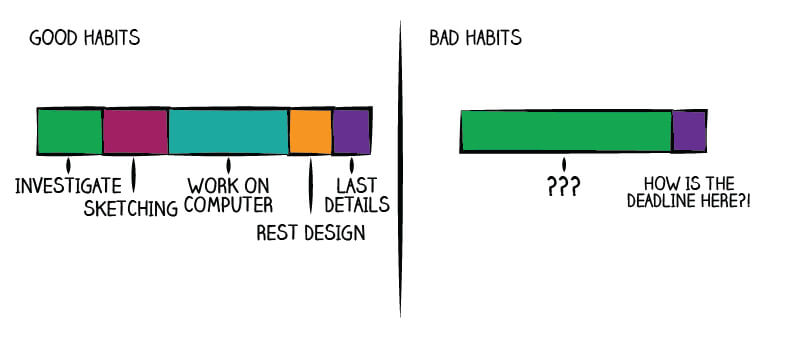
Prioritizing Communication
If your design is gorgeous but doesn’t communicate anything remotely to what your client needs, it’s not graphic design. It’s art. Communication must be the main objective in your designs, that is what your client is paying for. It’s your job as a designer to find the middle ground. Where it communicates what you want and it’s also visually attractive.
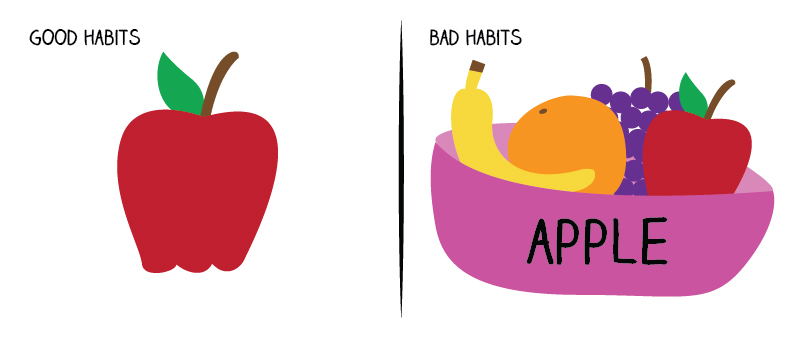
Understanding you're selling psychology
Our designs are made for humans, it’s one of the reason that designers must be familiar with color psychology. As a designer you have to always have this in mind, that’s why if you want to communicate a specific emotion you use a specific color. It’s all about the perception of the target audience.
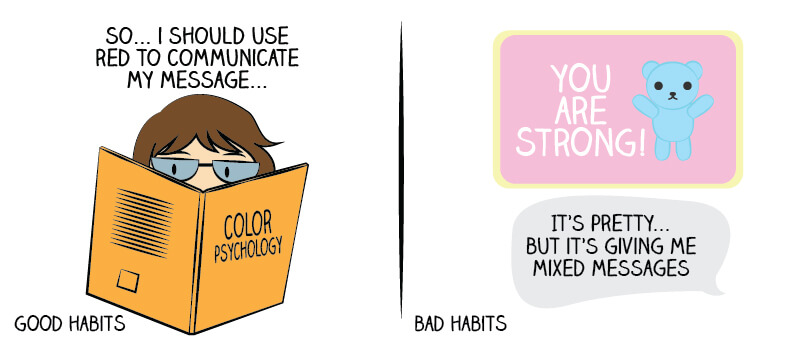
Set a proof/review deadline well before your client's final deadline
We really recommend this to become a habit. It’s always good to have the job earlier than missing a deadline. By setting a review deadline a few days before the final deadline, could save you from sending files with mistakes to print or presenting something with errors. When we work with something for a long period of time, we begin to ignore minor mistakes. Because our brain autocompletes stuff for us, this way you will have time to calmly and clearly review your work. And make the necessary adjustments if needed.
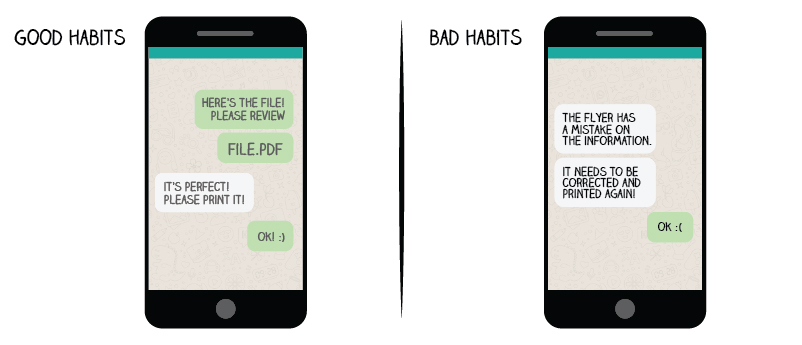
Follow up with the client
Even in the graphic design world, good customer service is very important. A quick pop up to see if everything’s ok. How the company/product/campaign is doing with the design you made. If they need assistance with anything are things clients appreciate. This will make your clients more likely to want to work with you again, because they feel that they matter.
